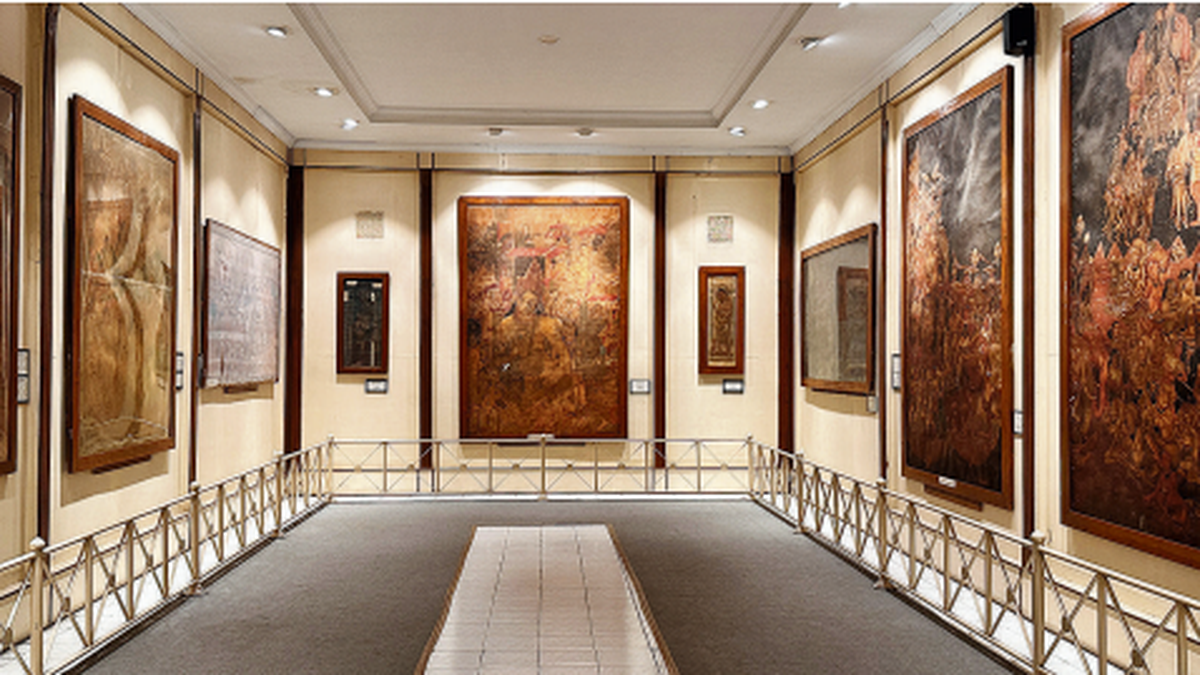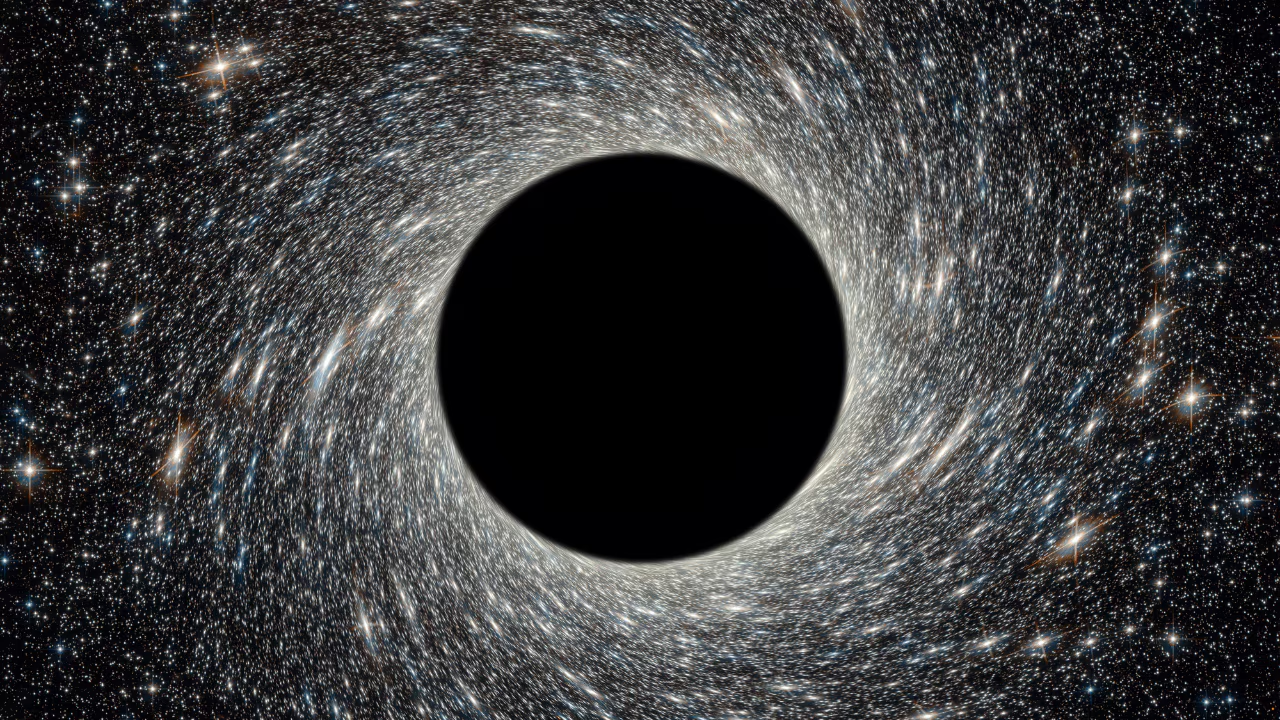- Courses
- GS Full Course 1 Year
- GS Full Course 2 Year
- GS Full Course 3 Year
- GS Full Course Till Selection
- Online Program
- GS Recorded Course
- NCERT (Recorded 500+ Hours)
- Polity Recorded Course
- Geography Recorded Course
- Economy Recorded Course
- AMAC Recorded Course
- Modern India, Post Independence & World History
- Environment Recoded Course
- Governance Recoded Course
- Science & Tech. Recoded Course
- International Relations and Internal Security Recorded Course
- Disaster Management Module Course
- Ethics Recoded Course
- Essay Recoded Course
- Current Affairs Recoded Course
- CSAT
- 5 LAYERED ARJUNA Mentorship
- Public Administration Optional
- ABOUT US
- OUR TOPPERS
- TEST SERIES
- FREE STUDY MATERIAL
- VIDEOS
- CONTACT US
Revisitation of Ajanta Paintings
Revisitation of Ajanta Paintings
21-06-2024

With the joint efforts of Noor International Microfilm Centre and the Department of Heritage Telangana, some of the Ajanta paintings housed in the Ajanta Gallery of Telangana State Museum in Hyderabad are undergoing restoration.
Introduction to Ajanta Paintings:
-
Geographic Location:
- The Ajanta Caves, an archaeological site comprising approximately 30 rock-cut caves, are located in Aurangabad, Maharashtra.
- 5 of these caves (caves 9, 10, 19, 26, and 29) are unfinished chaitya grihas (sanctuaries), while the rest are sangharamas or viharas (monasteries).
-
Artistic Significance:
- The Ajanta caves are renowned masterpieces of Buddhist religious art, which significantly influenced subsequent Indian art.
-
Historical Timeline:
- The caves were constructed in 2 distinct phases:
- The first phase, attributed to the patronage of the Satavahana Dynasty, covered the second and first centuries BCE. This period is primarily associated with Hinayana/Theravada followers of Buddhism.
- The second phase occurred during the late 5th CE, possibly during the reign of the Vakataka king Harisena. This period is dominated by the Mahayana followers of Buddhism.
- The caves were constructed in 2 distinct phases:
-
Painting Style:
- The Ajanta paintings exemplify the tempera style, featuring vibrant stories and illustrations of human figures.
- Outlines were typically drawn using red ochre or carbon black.
- Organic substances such as plant fibers, plant seeds, and rice husks were mixed with mud to create a mortar.
- The Ajanta paintings exemplify the tempera style, featuring vibrant stories and illustrations of human figures.
-
Evolution of Imagery:
- The first period paintings depict floral patterns, geometrical shapes, animals, and birds, notably devoid of religious motifs.
- Murals from the second period portray iconic scenes from the Jatakas, including Asita’s visit to the infant Buddha, the temptation of Buddha by Mara and his forces, miracles performed by the Buddha, and various battle and hunting scenes.



